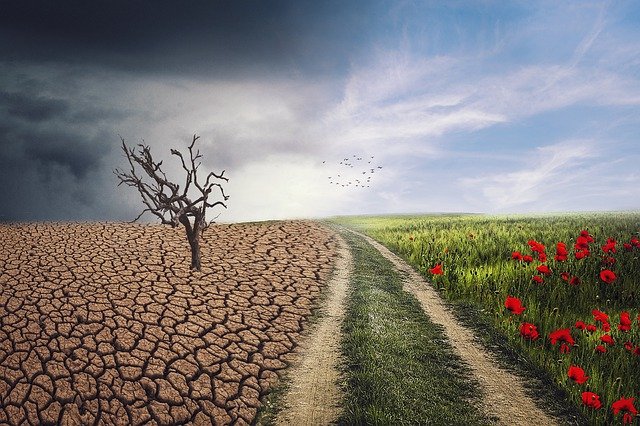Climate change has a way of magnifying the already existing vulnerabilities and risks that are associated with disasters due to the changing patterns of some of the hazards such as droughts. This occurs as a result of increased population exposure and changes in land use. Natural and human systems are normally influenced by climatic variability and hazards that tend to have negative impacts and are more likely to intensify in the feature if nothing much is done to stem the effects of climate change.
Adaptation to Climate Change
Adaptation to climate change refers to the various adjustments that should be made in the ecosystems to help limit the negative impacts of climate change. Adaptation can range from farmers deciding to plant drought-resistant crops, the coastal communities evaluating how to best protect their infrastructure from the rising sea levels, and other practices. Climate change is impacting societies in diverse ways and the impacts are expected to increase as the global temperatures continue to rise. While engaging in the reduction of greenhouse gas emissions is necessary, there are some impacts of global warming that might be inevitable.
Adaptation to climate change can take place when measures are taken to help reduce vulnerability and resilience in response is enhanced to climate change. Ecosystem-based adaptation entails the use of biodiversity and ecosystem services as part of the overall adaptation strategy that helps people to effectively adapt to the adverse effects of climate change. While efforts on mitigating climate change are dominating both national and international discussions; vulnerable communities continue to struggle with ways on how to adapt to the challenges brought by climate change.
Communities in many developing countries highly depend on ecosystems and are likely to be among the worst affected by climate change. If the right measures are not taken to improve the ecosystems, there are likely to be devastating effects on the ecosystems alongside the products and services that they provide the local communities with. Engaging in ecosystem adaptation measures can help assess some of the possible risks and be able to integrate ecosystem measures that can help enhance their effectiveness.

Ecosystem-Based Adaptation
Ecosystem-based adaptation focuses on the benefits that humans derive from the ecosystem and biodiversity and how the benefits can be utilized to help face climate challenges. Ecosystem-based adaptation is a people-centric concept that acknowledges human resilience depending on the integrity of the ecosystems. Ecosystem-based adaptation encompasses conservation, sustainable management, and restoration of ecosystems measures that help humans to adapt to the impact of climate change.
The measures involve approaches such as coastal habitat restoration, integrated water resource management, agroforestry, livelihood diversification, and sustainable forest management interventions that make use of nature to help reduce vulnerability to climate change.
Why an Integrated approach to adaptation is vital
The ability of humans to adapt to climate change is inextricably linked to access to basic human needs with the health of ecosystems. If the adaptation policies are to be effective they must effectively integrate efforts to sustain and also restore the ecosystem functions. The policies should also promote human rights under the shifting climate conditions.
P.S:- For more online learning opportunities, join our EAT Community where you can make some money making the planet better!



